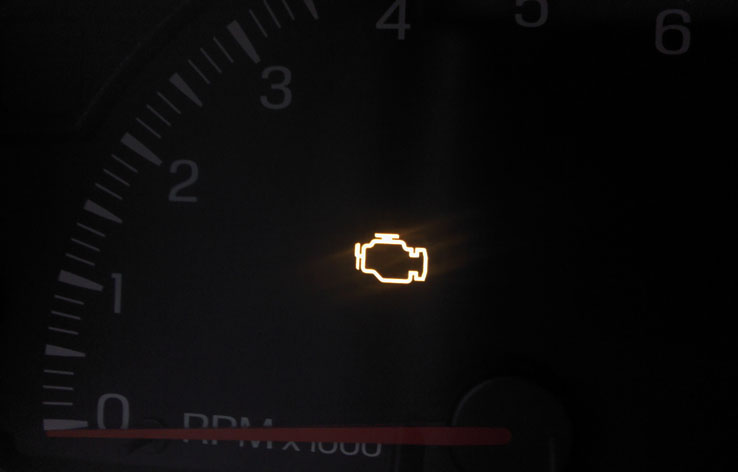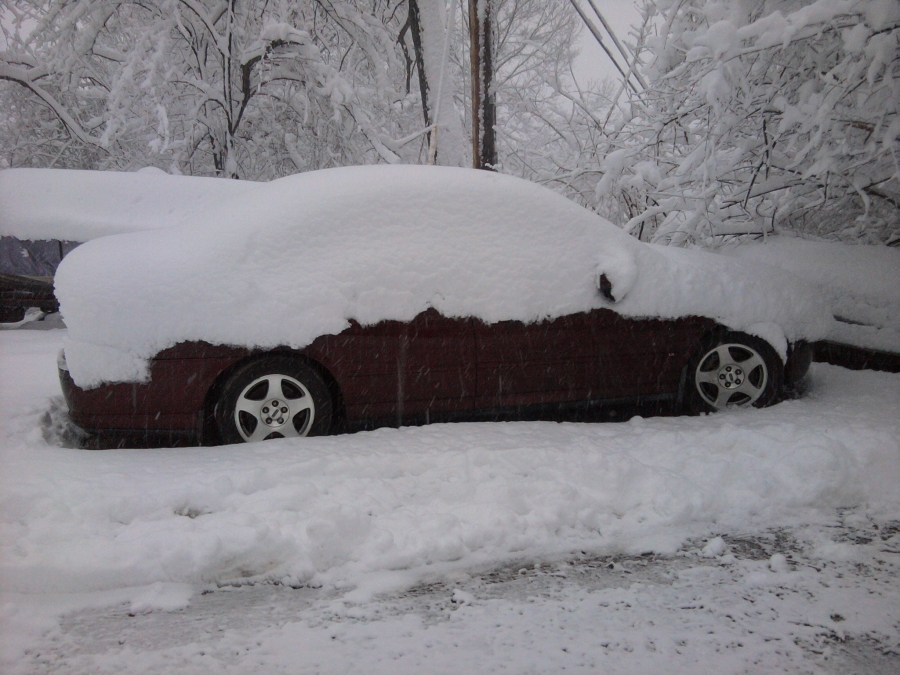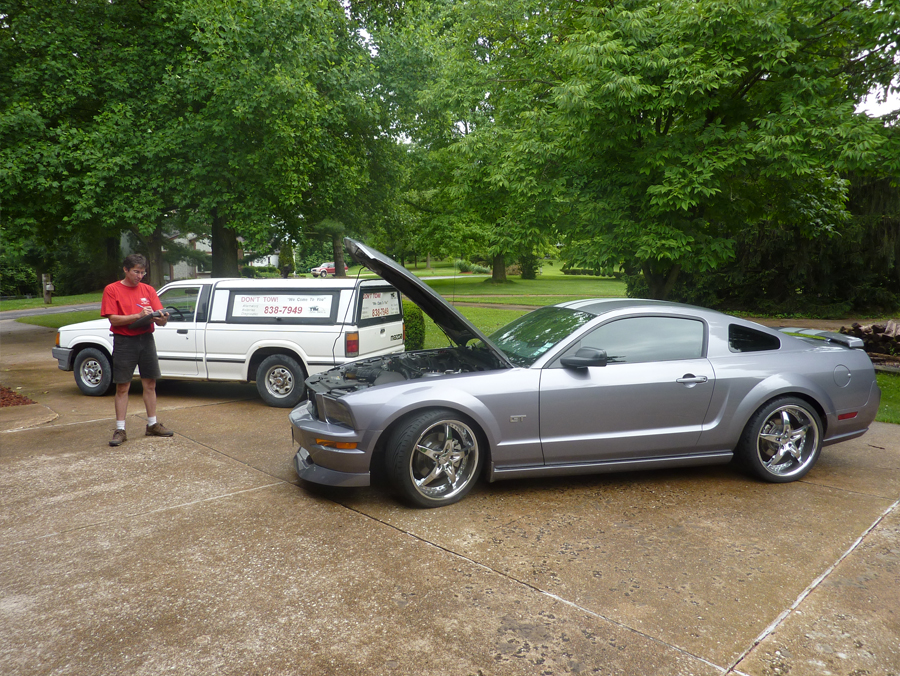The check engine light is a warning sign. It signals that the computer of the vehicle has detected a problem in the fuel management/ignition/emission systems. If your check engine light comes on and stays on, you should seek computer diagnostics for your vehicle.
Today's vehicles are controlled by either an ECM (electronic control module) or a PCM (power control module). These modules continually monitor the various intricate workings of the fuel, ignition, and emissions systems. When the ECM or PCM detects a problem in one or more of the systems, the check engine light comes on to indicate that a problem has been found.
In addition to turning on the check engine light, the ECM or PCM is programmed to cause the intricate workings of your car's systems to go into a base or default setting. This is also known as the "limp home mode." This feature is designed to get the driver home so the owner can seek diagnostics and repair to restore the vehicle's performance and fuel economy.
When the check engine light stays on, the ECM or PCM sets codes to aid the technician with the diagnosis. The technician will perform a computer scan to pull those codes. Much like medical lab tests, the codes revealed point the technician in the correct direction for further diagnostics and then, ultimately, the correct repairs.
It's best to keep your vehicle running at optimum performance for better fuel economy and lower emissions. When your check engine light comes on and stays on, you need to have your vehicle serviced by a reputable mechanic or technician.









